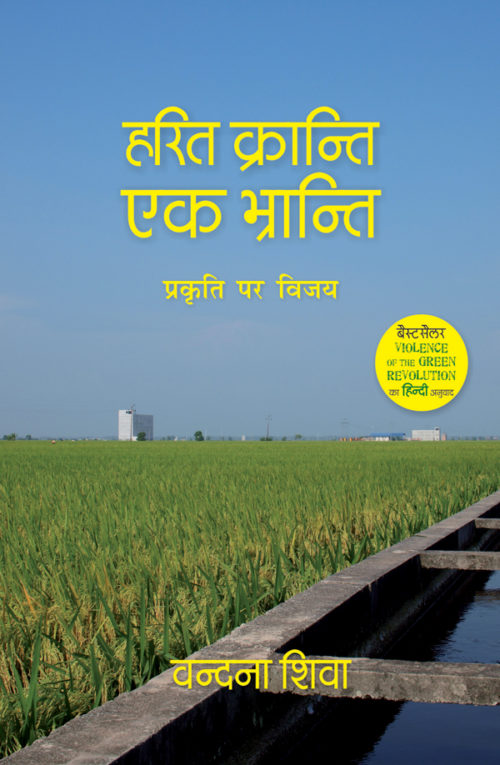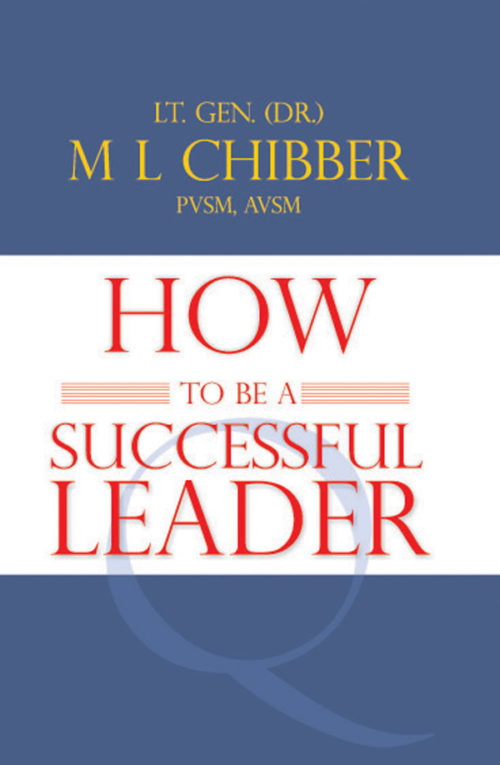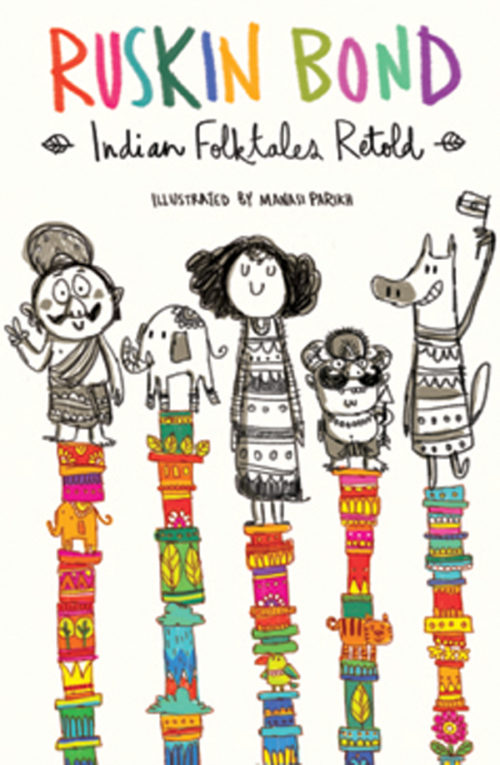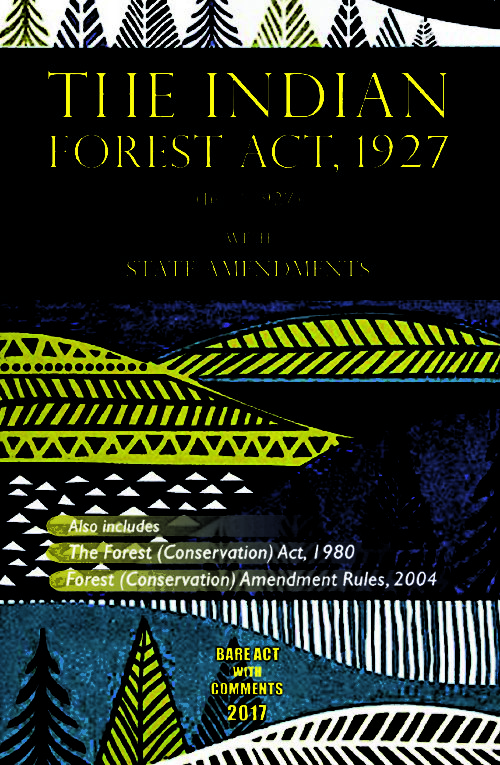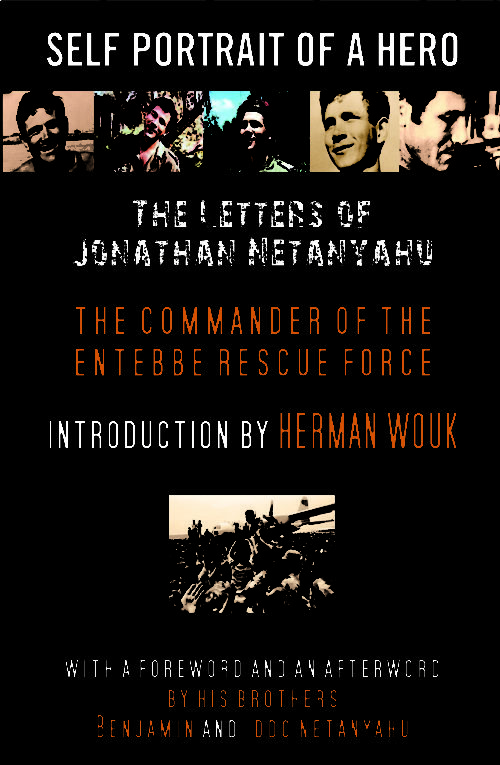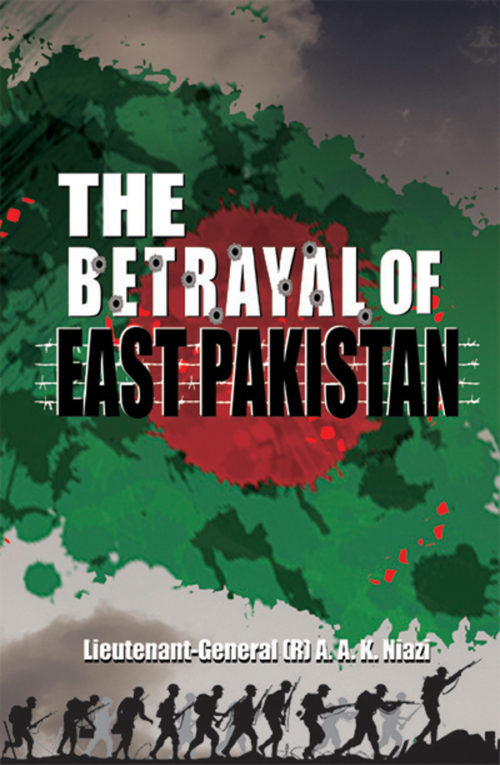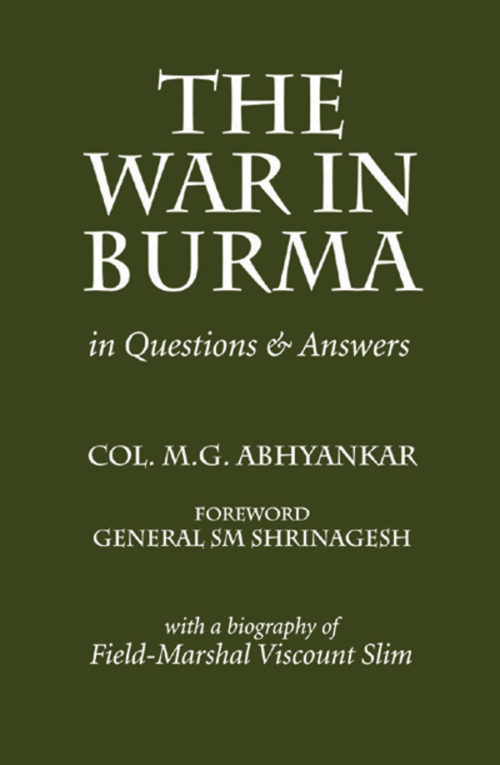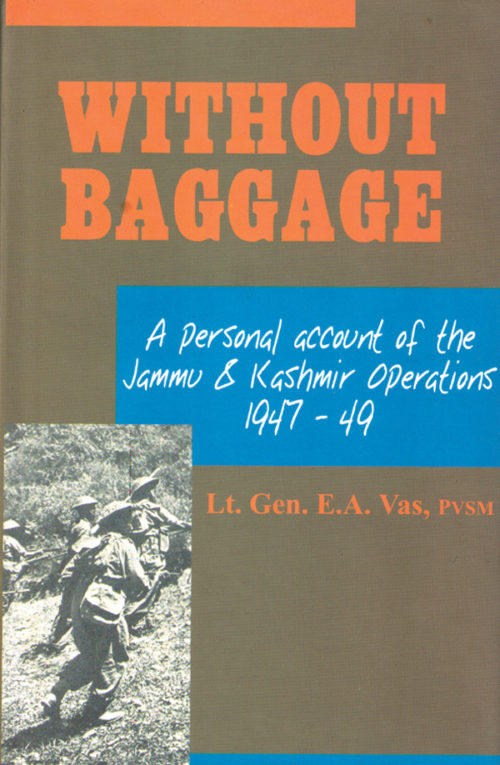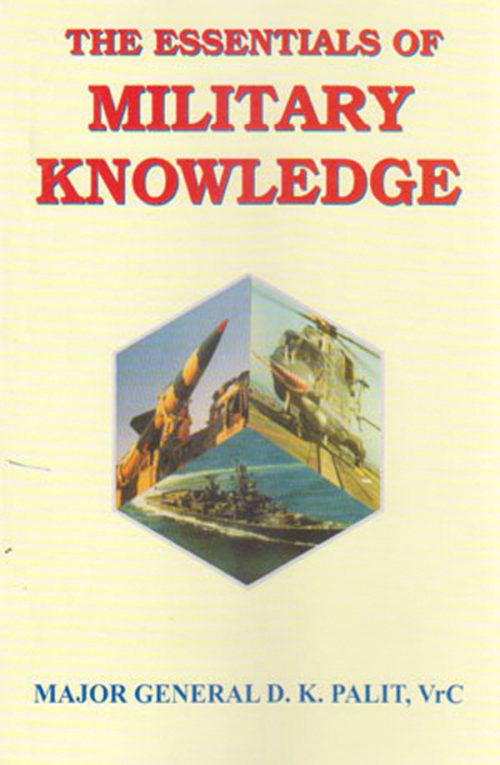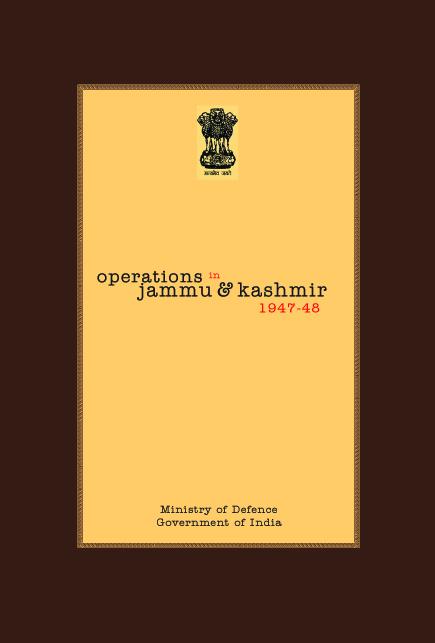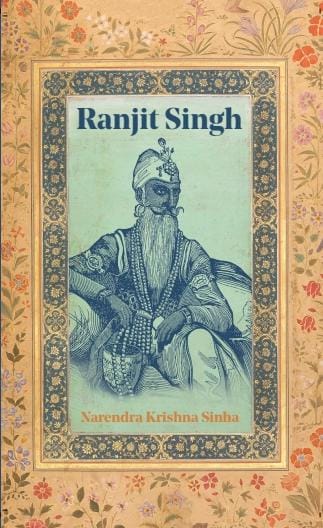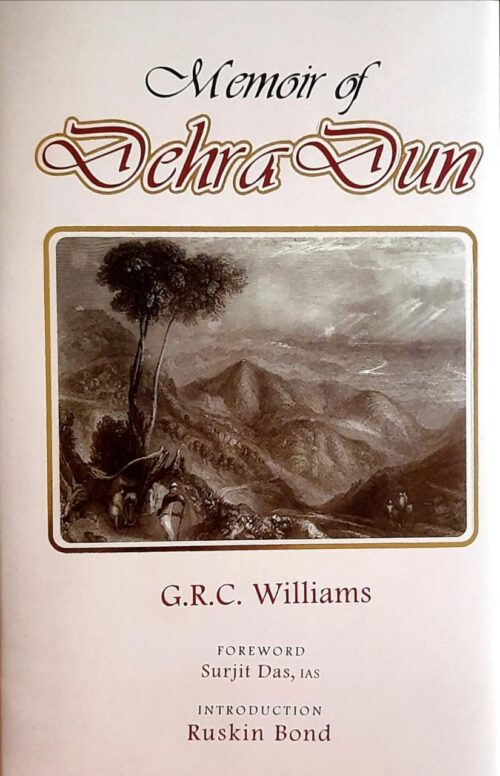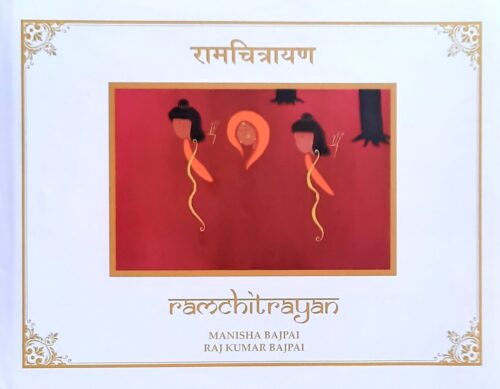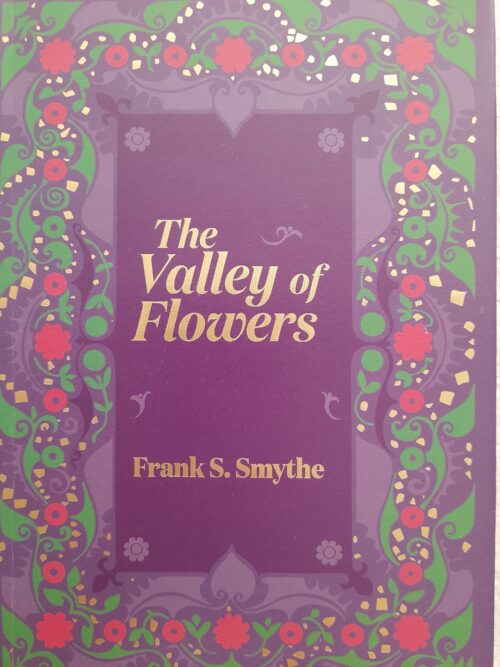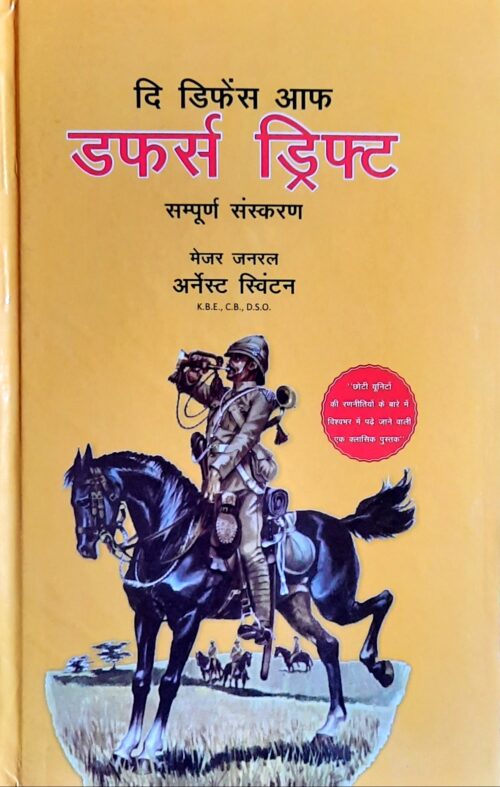-
What most hailed as a superb revolution- Vandana Shiva seems most cynical about – India’s Green Revolution. This book argues for diveristy rather than monogamous agriculture as the answer for sustainable progress.
-
"These and more important questions are answered in this book. How to be a Successful Leader has become a textbook on leadership in India. This unique book talks about strategies to help you identify your leadership strengths, achieve your goals and increase your self-confidence, become a team player and strengthen cooperation among associates, balance work and leisure, control your worries and charge your life. It is important for a leader to motivate other to excel, build the team's self-confidence, provoke positive change, set direction, encourage smart risk-taking, manage with tough empathy, credit others for one's own success, increase self-awareness, and most importantly draw strength from adversity. "
-
This book is an enthralling treasure house of exciting jungle trails.
-
In this collection of short stories, India's favourite storyteller retells India's forgotten folktales. Have you heard of Hiranmantota, the kind's most trusted parrot who was betrayed by his master? Or of a Yakka, a creature with the face of a horse and the body of a woman? Do you know which prince married a monkey?Or about the queen who was actualy a rakshasa?Join Ruskin Bond on a fascinating journey where you will encounter generous kings and handsome princes, evil rakshasas and an angry Lord Shiva, a wise parrot and a scheming crane, a clever crab and a talking white elephant. The stories, told with Bond's sparkling wit, are a treasure trove of fun and wisdom, fables of the perrenial battle between good and evil in which the wise always win.
-
Here is the bare Act, for use by all forest officers.
-
"Dating back several centuries, Nangiarkoothu is a rare form of classical Sanskrit theatre from South India that is performed only in the temple, and only by a female solo artiste. Teyyam another art form from Kerela is a sacred folk ritual dance performed from December to April where it is believed that the spirit of the local deity enters the performer's body. Legacy Keepers is a meticulously research and beautifully produced book that is a moving journey of discovery into the hearts of the passionate artistes who perform rare classical and folk dances in remote corners of India and keep the heritage alive. They have broken boundaries, stereotypes, old caste or gender based societal structures to emerge as performers who fight the odds to preserve India's ancient culture."
-
Here is the official report of the Pakistan army for the 1947-49 operations.
-
‘Roars and Trumpets’ is the story of a man’s life-long and obsessive passion for the jungles and his helpless surrender to the compelling call of the wild. Spanning a period of half a century, Gurpreet Singh’s love affair with the jungles of India begins in the North West Frontier Province in the pre-Partition days of the British Raj and ends in the forests of Assam, where he spent his entire working life as a tea-planter. The book conjures up a by-gone era, taking us back to the days of plenty, the never-ending stretches of wilderness, the vast jungles and the compulsive lure of the hunt where man and animal engage in a deathly game of survival and try to outwit each other. It is compulsory reading for all jungle lovers who have been hankering for hunting tales and jungle lore in the tradition of Jim Corbett and Kenneth Anderson.
-
Here is the story of a hero , the story of young Jonathan, the Commander of the Entebbe Rescue Force, who gave up his life in Operation Thunderbolt to rescue passengers of the plane hijacked by international terrorists.
-
In December 1971, one of Pakistan's most decorated officers. Lt.-Gen.A.A.K. Niazi, laid down arms before the invading Indian army, leading to the dismemberment of Pakistan. Was Tiger Niazi a coward, a hero, or the victim of an unjust fate? In this candid account of General Niazi breaks 26 years of silence and volunteers his own version of the events of that fateful year.
-
This book provides the composite story of the Burma campaign. The author has explained the important aspect of operations in logical sequence and in lucid style, bringing out clearly the application of the principles of war. All the chapters in this book have been well arranged and give a continuous picture of the many events as they took place. The strategic, tactical and administrative problems that were tackled have also been well brought out. The factual information in this book and large numbers of maps and sketches will be useful to students of military history, particularly to those preparing for their promotion and Staff College Entrance examinations. This book also carries a well-researched and concise biography of Field-Marshal Viscount Slim.
-
-
A soldier recalls his personal account of the operations in Jammu and Kashmir in 1947-1949, shortly after India gained Independence. This book is insightful and enlightening as the terrain and the enemy remain the same.
-
One of Vandana Shiva’s most popular books of all time, this book adds to the world wide debate on sustainbale development and North vs South. -
This book is a definitive work on military science and a comprehensive textbook for military study. -
What most hailed as a superb revolution- Vandana Shiva seems most cynical about – India’s Green Revolution. This book argues for diveristy rather than monogamous agriculture as the answer for sustainable progress. -
Very simply, this publication describes the philosophy which distinguishes the U.S. Marine Corps. The thoughts contained here are not merely guidance for action in combat but a way of thinking. This publication provides the authoritative basis for how we fight and how we prepare to fight. This book contains no specific techniques or procedures for conduct. Rather, it provides broad guidance in the form of concepts and values. It requires judgment in application. Warfighting is not meant as a reference manual; it is designed to be read from cover to cover. Its four chapters have a natural progression. Chapter 1 describes our understanding of the characteristics, problems, and demands of war. Chapter 2 derives a theory about war from that understanding. This theory in turn provides the foundation for how we prepare for war and how we wage war, chapters 3 and 4, respectively.The U.S. Marine Corps is a branch of the United States Armed Forces responsible for providing power projection from the sea, using the mobility of the United States Navy to deliver combined-arms task forces rapidly. It is one of seven uniformed services of the United States. In the civilian leadership structure of the United States military, the Marine Corps is a component of the United States Department of the Navy, often working closely with U.S. naval forces for training, transportation, and logistic purposes; however, in the military leadership structure the Marine Corps is a separate branch.
-
This is the full story of the military operations in Jammu and Kashmir during 1947-48, undertaken to save that Princely state, which had acceded to the Union of India, from a brutal invasion from Pakistan. The year long campaign saw many triumphs and tragedies, which are narrated objectively and in detail. The Indian Army and Air Force, just emerging from the throes of Partition, and still in the process of reorganisation, emerged from this ordeal with added brilliance and a brighter halo. It is an inspiring saga of heroism, devotion to duty, scarifice and professional competence. Based on careful and exhaustaive research in secret government records, the book analyses the operations and presents the story in simple, non-technical langauge. It should prove invaluable for the intelligensia, the journalist, the reading public as well as the man in uniform.
-
Sinha's work brings together a mass of information on Ranjit Singh as a soldier, a great diplomat and an exemplary statesman. After the collapse of the Mughal Dynasty, Ranjit Singh, founder of the Sikh rule in Punjab, steered his ambition to expand Sikh power in the face of Afghans in North West India and the British East India Company. The book gives a detailed account of how Ranjit Singh navigated his relationship with the Afghans on the one hand and his Indian and British neighbours ( The East India Company) on the other. The author also meticulously lays out information on the government, institutions and policies under the rule of Ranjit Singh, inclduing an estimate of the Sikh military system. The Sikhs formed one of the most formidable mlitary powers in India.
-
The Doon Valley, distinguished by its singular beauty and by the excllence of its many instuttions has won for itself a place of pre-eminence in the history of India. While its origins as a habitation are shrouded in the mists of time, it holds a place in folklore, legend and mythology. It appears firmly rooted in chronicled history only late in the sixteenth century. Thereafter myths give way to real historical figures and their combats with clash of steel and the bark of muskets as they strive for possession of this fertile valley. Replete with delightful anecdotes and lavish in its praise of the natural beauty of the valley, this book is a perfect addition to every Doon lover's bookshelf.
-
This unique and gorgeously produced book is composed of 108 paintings on acrylic as a humble attempt by eminent artists to bring out in a nutshell the devotion, philosophy and lyrical essence of the epic that sends out the message of love, sacrifice and valour, depicting the classic along with the corresponding verses and their plain Hindi and English versions. The beauty of the artwork in tones of blue and orange bring out the story of the epic page by page. The book is a must have in every home and an ideal gift for loved ones.
-
Nature writing at its best! This book is the perfect addition to every mountain lover's bookshelf. In 1931, a party of British mountaineers—including Frank S. Smythe—on their way back from a successful ascent of Mount Kamet, were looking for shelter from inclement weather in the wilderness above Joshimath in present-day Uttarakhand. They chanced upon the lush and colourful Bhyundar Valley, the Valley of Flowers. In the monsoon of 1937, Smythe returned to the Valley with four Tibetans from Darjeeling. On this adventure, Smythe extensively explored the Valley, identifying and collecting flowers and seeds from among the wealth of plant life. He and his friends also scaled the Nilgiri Parbat and the Mana Peak and were defeated by Mount Rataban. Beset by the rains, the party was nearly always soggy and, once, an Abominable Snowman gave them the fright of their lives. Yet, these were but minor prices to pay for the privilege of witnessing the Himalaya in its infinite variety and for a great deal of time usefully spent ruminating on the joys of idleness. "For solitude in the Valley of Flowers taught me the insignificance and incapacity for happiness of thought as compared with a meditation that knows no intellectual limitations, but is content to accept with childlike faith and delight the infinite beauties and granduers of the universe."
-
Protected areas are sacred lands capable of providing us a kinship with wondrous wild creatures and plants, our fellow travellers on this planet. We need to ensure their persistence for posterity. Scientific wildlife mangement plans form the foundation of a protected area but they need vision and long term planning. This book provides the essential framework, processes and procedures. It is based on integration of modern scientific precepts and practises with social, cultural, economic and administrative realities. It is designed to address multiple spatial scales and links with plans for forest management and those for social and economic development on the surrounding managed landscapes.
-
A short treatise on the art of tactical warfare, set in the Boer War (1899-1902), this classic piece of military fiction was published by Major General Ernest D Swinton when he was still a captain in 1904. The appropriately named Lieutenant N. Backsight Forethought (BF), a rookie commander of a platoon of fifty is tasked with defending a river crossing—Duffer’s Drift. Manifested in six dream scenarios and actions of a mortified BF, who learns a series of “lessons” at his expense, his final unconventional defence succeeds in routing the Boers. The book quickly acquired cult status on small unit tactics, and armies across the world have had it on their required reading lists for subsequent generations of young officers, including in India. It has also been translated into several languages. Swinton's style of literary fiction significantly impacted the writings of several authors in the military arena. While some contextual advice may be dated, the emphasis on critical thinking remains relevant, and the principles are evergreen. A must-read
